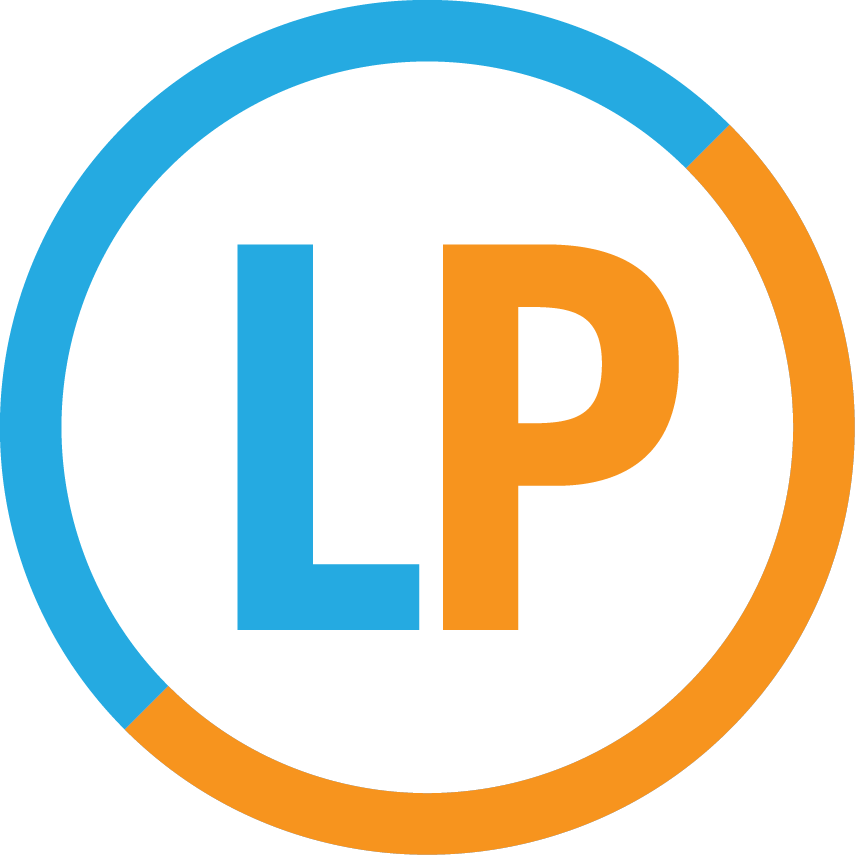This week is NACAC week (that’s the National Association for College Admission Counseling), and this year’s conference is being held in Los Angeles, CA!
This morning, I visited the University of Southern California. Now, I’m in beautiful Orange, CA, to visit…
Chapman University!
Schmid Gate is less of a gate than an archway, welcoming all to Chapman’s palm tree-lined campus!
WHY IS THIS SCHOOL AWESOME?
Olivia: Founded in 1861, Chapman has been dedicated to access and diversity since day one. From the very first graduating class, the university has been welcoming to people of all ages, genders, and races, and that ethos still drives the university today.
These days, Chapman has a very classic California vibe: laid back yet put together, modern yet historical. The campus is gorgeous, lively, and surrounded by the lovely neighborhood of Old Towne Orange, which boasts an impressive variety of shops, restaurants, cafés, and bars.
And, perhaps most importantly for many prospective students, it’s a university with strong academics and a strong sense of community that also is accessible for those whose grades and/or test scores are less than perfect. With a 50% overall acceptance rate, Chapman sits in the sweet spot of colleges that are both accessible to a wider range of applicants and rigorous for students who attend.
The four stone pillars in the center of Attallah Piazza represent Chapman’s four pillars of growth: intellectual, spiritual, physical, and social.
FAVORITE SPOT ON CAMPUS?
Olivia: The Attallah Piazza! This is the self-described heart of campus life, where students meet up, hang out, and connect with each other through campus activity fairs, career fairs, and event promotion. Its central location really helped us feel the energy of the campus as students gathered and dispersed all around us.
5 WORDS TO DESCRIBE CAMPUS?
Olivia: Lively, Laid Back, Manicured, Suburban, Beachy (even though the nearest beach is a 15-minute drive from campus!)
The Argyros Forum (or AF) is the “living room” of campus, housing 4 out of the 5 campus eateries, a large lounge space, and several prominent student organizations.
THE "TYPICAL STUDENT" IS...
Olivia: Generally laid back, confident, curious, and kind. Chapman tends to attract students who are interested in spirituality and community service because although the school is no longer religiously affiliated, its religious history means spiritual development and community engagement are still deeply rooted in the university’s culture. The Fish Interfaith Center is one of the largest and most widely used interfaith spaces I’ve seen on a college campus.
INTERNATIONAL PERSPECTIVE?
Olivia: The international student population at Chapman is much smaller than that of USC or Claremont McKenna (about 5%), making it a great place to venture to for international students who are eager to immerse themselves in US (and California) culture.
Global study is highly encouraged at Chapman, with almost 50% of students studying abroad at some point in their four years.
The flags in this plaza represent most—but not all!—of the countries where Chapman students study abroad.
SPECIAL PROGRAMS/OFFERINGS APPLICANTS SHOULD CONSIDER?
Olivia: Chapman boasts strong programs across the humanities, sciences, and business, but it’s probably best known for its highly selective arts programs through the Dodge College of Film and Media Arts (the #4 film school in the nation) and the College of Performing Arts (or COPA), which offers premier programs in Dance, Music, and Theatre.
Less well-known but growing rapidly is the Fowler School of Engineering. This school has received a lot of investment in the last decade or so, including the brand new state-of-the-art Keck Center for Science and Engineering, and a flourishing Computer Science program that is accessible to any student whether or not you indicated an interest in CS on your application.
The Keck Center for Science and Engineering is a brand new state-of-the-art research facility for students studying all manner of STEM subjects.
TIPS FOR THE APPLICATION PROCESS?
Olivia: Chapman reviews students for admission on a general basis, meaning they admit students to the university as a whole rather than to specific programs—students then have the flexibility to add or change majors however they like after they arrive. The only exceptions are the Dodge College of Film and Media Arts and the talent-based programs (music, dance, theatre, etc.) in the College of Performing Arts, which do admit specifically to the major and which students cannot transfer into after arriving on campus.
Chapman’s primary admission criteria are academics, for which they’re mostly looking at course rigor and grades. they will evaluate testing if submitted, but over 75% of applicants do not submit SAT or ACT test scores, making Chapman extremely friendly for test-optional applicants.
Aside from academic achievement, Chapman most values community impact and overall fit for the university. They’ve developed an acronym, SAPPY, to describe the characteristics of a successful Chapman student: self-advocacy, authenticity, potential, perseverance, and empathy. Find ways to share how you embody these characteristics in your application and you’re sure to impress the admission committee!
The Musco Center for the Arts, Chapman’s largest (and fanciest) performance space.
FUN FACTS?
Olivia: The Walt Disney Company is the second largest employer of Chapman students (after only the university itself). It helps that Disneyland is a mere 5 miles from campus!
The Musco Center for the Arts (pictured above) has twice as many women’s restrooms as men’s because its female donor was fed up with waiting forever in restroom lines during performance intermissions.
Also, the university has four pillars of growth—intellectual, spiritual, physical, and social—which are represented by the four pillars in the Piazza.
Next stop:







